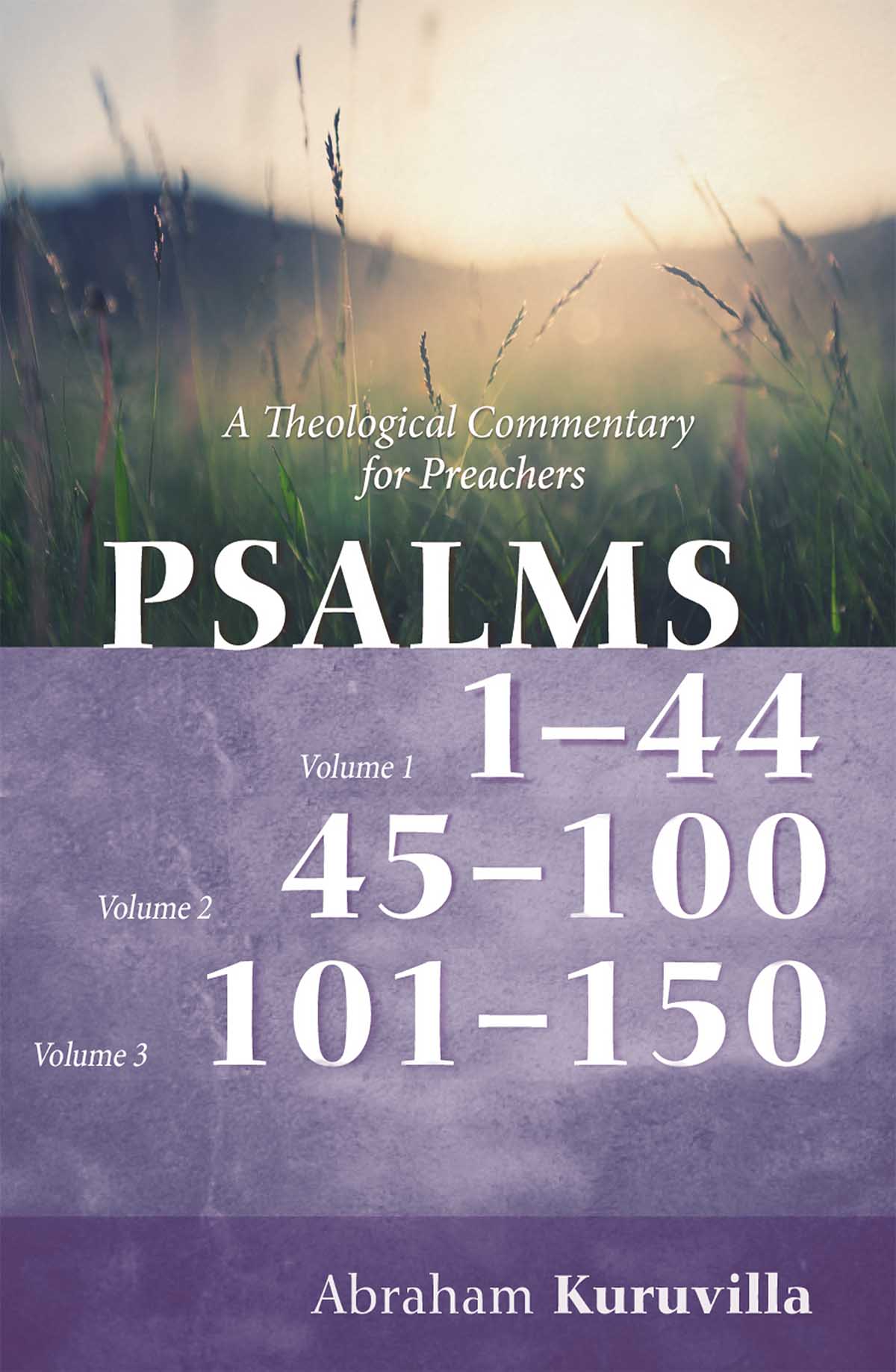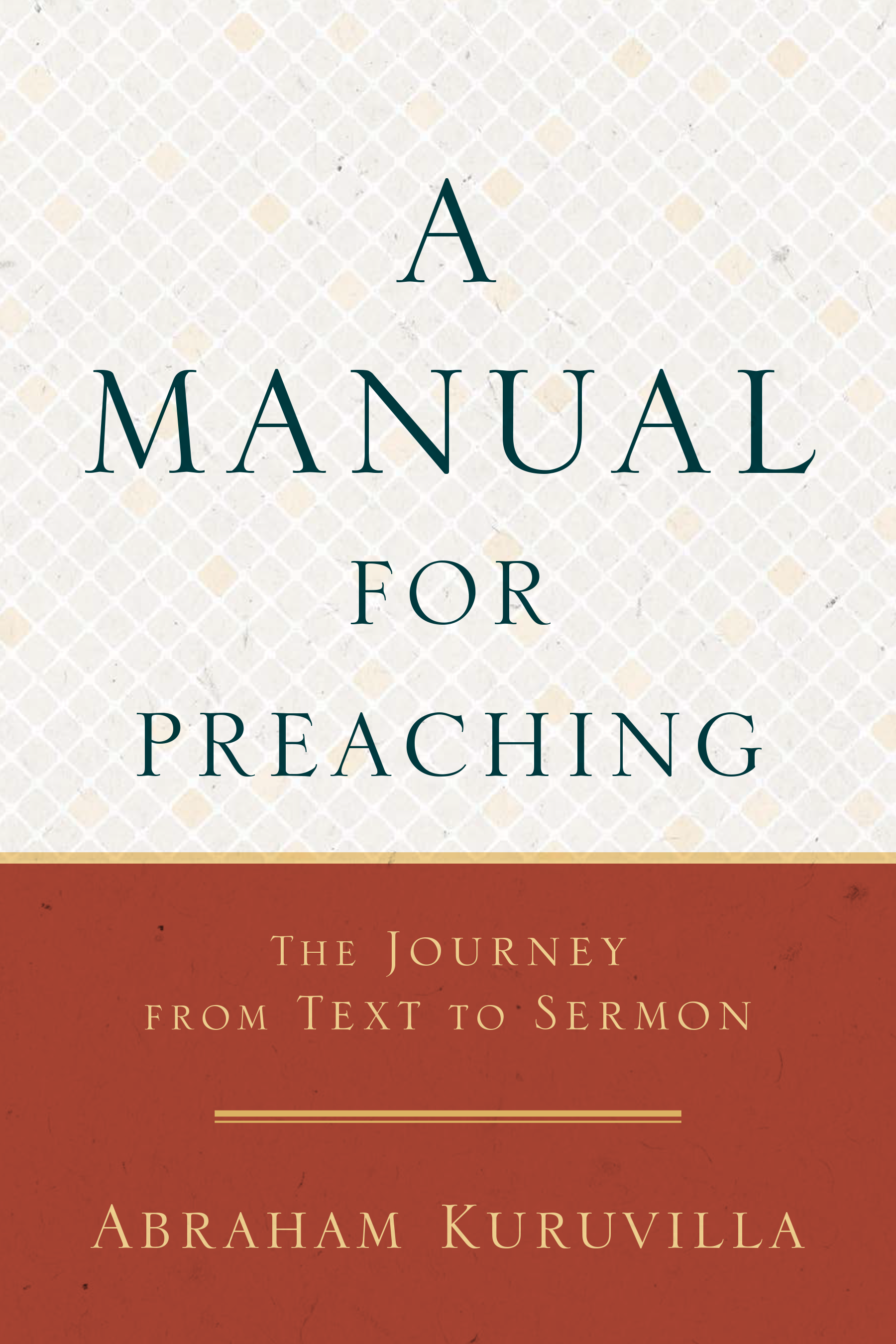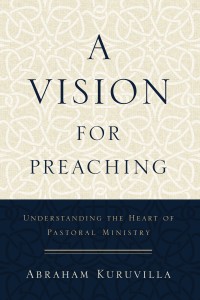Fraud!

Over 25 percent of studies published in medical journals are fraudulent! So claims a group of researchers from the University of Magdeburg and the Max-Planck Institute in Germany, in “Fake Publications in Biomedical Science: Red-flagging Method Indicates Mass Production,” published as a preprint in medRxiv last month.
Using a simple, automated detection system the researchers looked for two telltale signs: Whether an author was registered with a personal, rather than institutional, email address, and if the author listed their affiliation as a hospital. The papers flagged as potentially fake were then checked by humans. About 1,500 of the papers were likely fraudulent, the researchers concluded.
Bernard Sabel, lead author, psychologist, head of the Institute of Medical Psychology at Magdeburg, and editor-in-chief of Restorative Neurology and Neuroscience.
It is just too hard to believe at first. It’s as if somebody tells you 30 percent of what you eat is toxic.”
The pressure on researchers in academia to “publish or perish” is likely to be the motivation behind this massive fraud. If scientists don’t publish lots of widely cited studies, they won’t progress. They’re therefore incentivized to get their names on as many published papers as possible, and to make sure those studies get citations, not to find true facts.
Given the 1.3 million biomedical Scimago-listed publications in 2020, we estimate the scope of >300,000 RFPs (red-flagged fake publications) annually. Countries with the highest RFP proportion are Russia, Turkey, China, Egypt, and India (39%-48%), with China, in absolute terms, as the largest contributor of all RFPs (55%).”
To fight back, the International Association of Scientific, Technical, and Medical Publishers (STM), representing 120 publishers, is leading an effort called the Integrity Hub to develop new tools. STM is not revealing much about the detection methods, to avoid tipping off paper mills.
Joris van Rossum, the Integrity Hub’s product director:
There is a bit of an arms race. One reliable sign of a fake is referencing many retracted papers; another involves manuscripts and reviews emailed from internet addresses crafted to look like those of legitimate institutions.”
Reported Science:
The goals of the Integrity Hub is to gain the advantage over paper mills, which churn out bogus manuscripts containing text, data, and images partly or wholly plagiarized or fabricated, often massaged by ghost writers. Some papers are endorsed by unrigorous reviewers solicited by the authors. Such manuscripts threaten to corrupt the scientific literature, misleading readers and potentially distorting systematic reviews. The recent advent of artificial intelligence tools such as ChatGPT has amplified the concern.”
And who knows what damage all this has done to the progress of medicine and to the health of our fellow humans?
God agrees.
For You are not a God who takes pleasure in wickedness;
with You no evil dwells.
The arrogant cannot stand before Your eyes;
You hate all doers of harm.
You destroy those who speak falsehood;
the person of bloodshed and deceit Yahweh abhors.
But I—in Your abundant lovingkindness, I enter Your house;
I bow down at Your holy temple in fear of You.
Yahweh, lead me in Your righteousness;
because of my watchful foes make Your path straight before me.
For there is no truthfulness in his mouth;
their inward part [is] destruction. …
Hold them guilty, God; may they fall by their plans. …
But may all who seek refuge in You rejoice;
forever may them shout with joy;
and You put a cover upon them;
may those who love Your name exult in You.
For You—You bless the righteous one, Yahweh,
with favor like a shield You surround him.
Psalm 5:4–12
SOURCES: Semafor, medRxiv, Science











 Abe Kuruvilla is the Carl E. Bates Professor of Christian Preaching at The Southern Baptist Theological Seminary (Louisville, KY), and a dermatologist in private practice. His passion is to explore, explain, and exemplify preaching.
Abe Kuruvilla is the Carl E. Bates Professor of Christian Preaching at The Southern Baptist Theological Seminary (Louisville, KY), and a dermatologist in private practice. His passion is to explore, explain, and exemplify preaching.